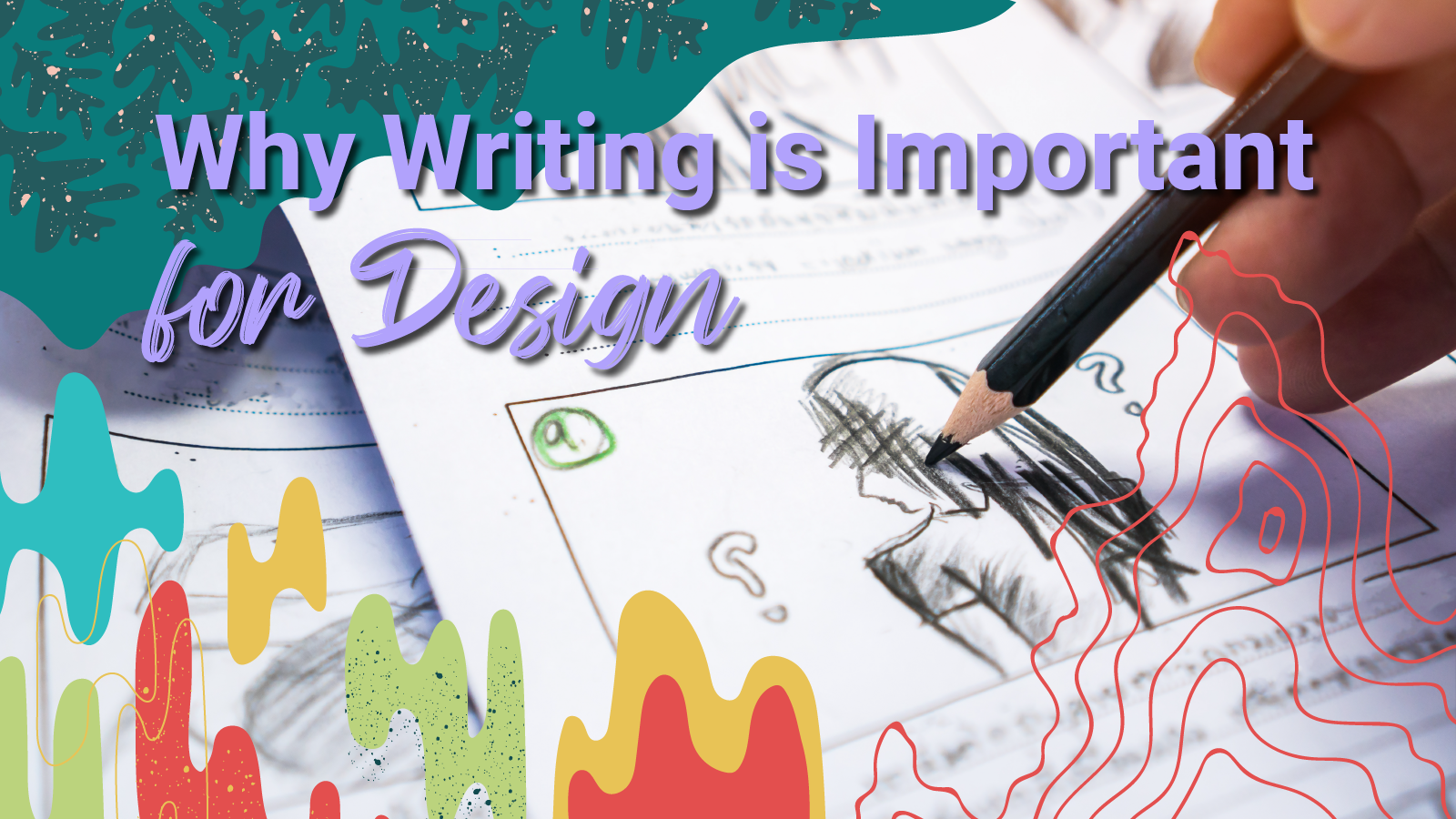“Good design is a matter of discipline. It starts by looking at the problem and collecting all the available information about it. If you understand the problem, you have the solution.” – Massimo Vignelli
Wise words from one of the greats. Now, you don’t have to agree with Massimo’s opinion on expressive typography or even his meticulous approach to design—but there’s something to be said about a well-researched and communicated design concept.
To throw one more quote at you, when speaking with a client, “…you aren’t there to answer [their[ wants but to answer [their] needs.”
In order to do that—you guessed it—you better know how to write.
But great writing goes beyond clearly communicating your ideas. It also translates to functionality in design and understanding of complex concepts which will ultimately help you become a better designer.
Clear and Concise
Think of it like this: writing is designing with words.
We’d be willing to bet if you’re reading this, you’re struggling with your writing. After all, if you’re not a good writer, how can you expect to communicate effectively your vision and design?
Sidenote: Read Ann Handley’s book, Everybody Writes – it’ll give you the kick in the pants you need.
Like an author writing a book, it’s up to you to create a mental picture of your intended result. Storyboards and sketches are great—and you should always do them—but some people…just don’t get it. You don’t want to be wasting your time with sketches and storyboards if you can’t even get the big wigs to sign off on your project.
Get in the habit of blocking time in your process for email communication, UX writing drafts, as well as design research, and presentations. Every opportunity to write is an opportunity to improve.
Before jumping into a project, take 10-15 minutes to outline your process (yes, with words), anything from an elevator pitch to the smallest task. Pass it off to a co-worker or friend and see if they can understand what you’re trying to do. If not, back to the drawing board (keyboard?).
Functionality
Let’s say you’re designing an app or website. Knowing when and how to assist a user in navigating the UI is key to a successful design. You want to put the most important information front and center. Some users will know exactly what to do just by looking broadly at the design while others might need some severe assistance (looking at you, Boomers).
Being able to elegantly explain the structure and navigation of your design means you gotta be something of a wordsmith. While the rise of chatbots has alleviated some of this pressure, having clear and concise headers and succinct sentences will go a long way for the user experience. Please don’t write a paragraph that takes 3-4 passes before becoming comprehensive.
Quick Exercises
Write a 1-2 paragraph elevator pitch for your next design project. Then rewrite it to one paragraph…then 100 words…then 50 words. Repeat this process until you have one short and sweet sentence—like a tagline for your design.
Research a design topic or problem that you find interesting. Collect as much information as you can in a document. Once you feel confident you understand your research, try explaining it in your own words in 1-2 paragraphs. Now, read what you wrote out loud. Does it make sense? If so, well done! If not, give it another go until it does.
We’re visual creatures, we need to see it, feel it and read it. Design and words go hand in hand, when words won’t suffice, design steps in.
Understanding how the two work together is non-negotiable.









